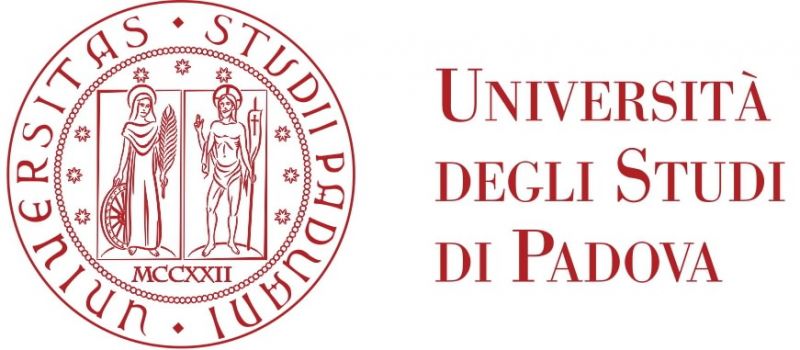

Machine Learning, Identification and Estimation
|
RESEARCH AREAS |
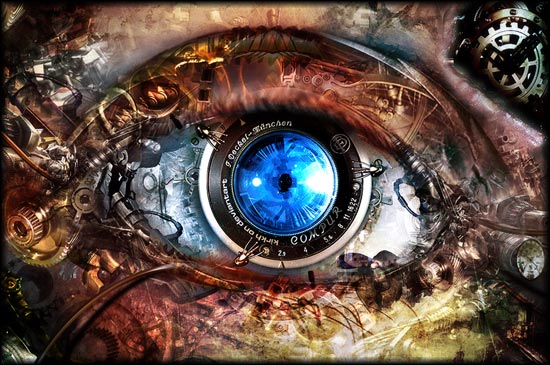 |
Computer Vision Computer vision is the science of retrieving information from images and movies (sequences of images indexed by time). Our goal is to develop methodologies to enable artificial systems to use visual sensors (such as cameras) to interct with the environment similarly to what us humans do. Basic tasks we have in mind are navigation in an unknown and unstructured environment, recognition and classification of objects and scenes etc. This, which we call the computer vision problem, is a formidable inverse problem which has to cope with high dimensional data (long sequences of possibly high resolution images), hampered by nuisances (factors the images depend on but we are not interested in) and outliers (uninteresting parts of the image which not only do not carry information on our primary task but also disturb our inference problem). We tackle the computer vision problem through the systematic use of modeling and dynamical systems ideas, together with the most advanced tools for statistical estimation and learning. See our latest work on "Robust visual odometry'' video (supplementary material for our ICRA 2015 submission)
|
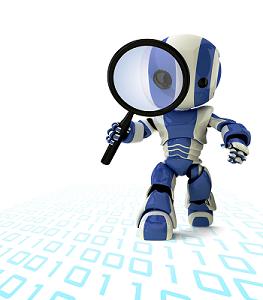 |
Machine Learning and System Identification
Machine Learning is about endowing artificial systems the ability to learn from experience. The field spans a broad range of topics and include building models from measured data as well as learning actions from "experience". When focusing on learning dynamical models this is often referred to as System identification.
Our current interest is on identification of large scale, possibly structured, systems. To this purpose we are focusing in the integration of classical identification methods (such as PEM and maximum entropy methods) with techniques developed in Statistics and Machine Learning to solve large scale, il conditioned inverse problems; in particular, methods for learning large scale networks as well as with state of the art optimization algorithms are being considered. The latter find application in many areas: medicine (e.g. brain networks, gene expression networks), sociology (social networks), energy sector (power networks) just to mention a few. |
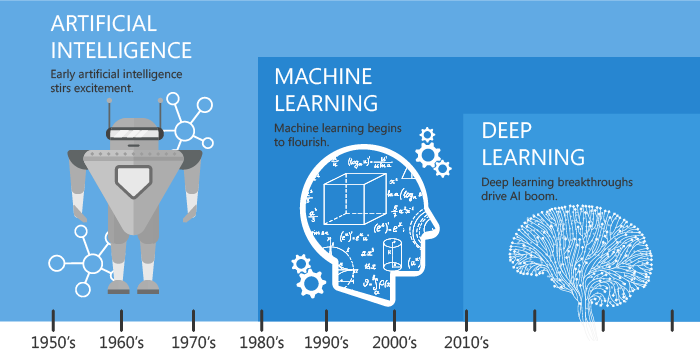 |
Deep Learning
The past few years have witnessed an impressive growth and development of Deep Learning (DL) techniques. Enhanced by the availability of large datasets, these techniques have made spectacular progress in fields like Computer Vision and Industry 4.0.
In the quest for the most accurate model, researchers moved from classical Machine Learning approaches to complex DL architectures that may be defined by hundreds of millions of parameters. The underlying mechanisms of DL models are largely not understood, dramatically impacting the applicability of DL approaches to real-world problems: we work on analyzing existing DL architectures in order to provide algorithmic solutions able to overcome problems like robustness or adaptability. |
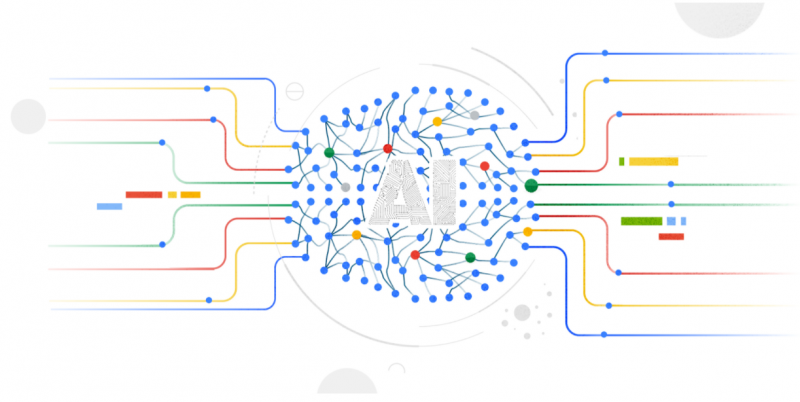 |
Explainability and Accountability of Artificial Intelligence Systems The past few years have witnessed an impressive growth and development of Deep Learning (DL) techniques. Enhanced by the availability of large datasets, these techniques have made spectacular progress in fields like Computer Vision and Industry 4.0.
In the quest for the most accurate model, researchers moved from classical Machine Learning approaches to complex DL architectures that may be defined by hundreds of millions of parameters. The underlying mechanisms of DL models are largely not understood, dramatically impacting the applicability of DL approaches to real-world problems: we work on analyzing existing DL architectures in order to provide algorithmic solutions able to overcome problems like robustness or adaptability. |
|
APPLICATIONS |
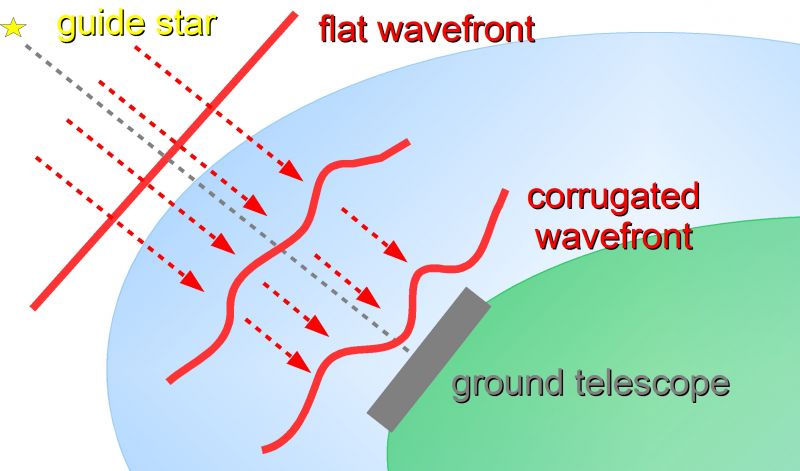 |
Adaptive Optics
Adaptive optics (AO) is used in astronomy to obtain high resolution images, close to diffraction limited, of stars and galaxies with ground telescopes, otherwise blurred by atmospheric turbulence.
In order to succesfully compensate for the distorsion induced by athmospheric turbulence one (or more) deformable mirros are deformed; the control action used measurements of the wavefront distorsion.
Next generation AO systems have thousand of sensors and actuators and as such pose non-trivial issues both for modeling and control.
|
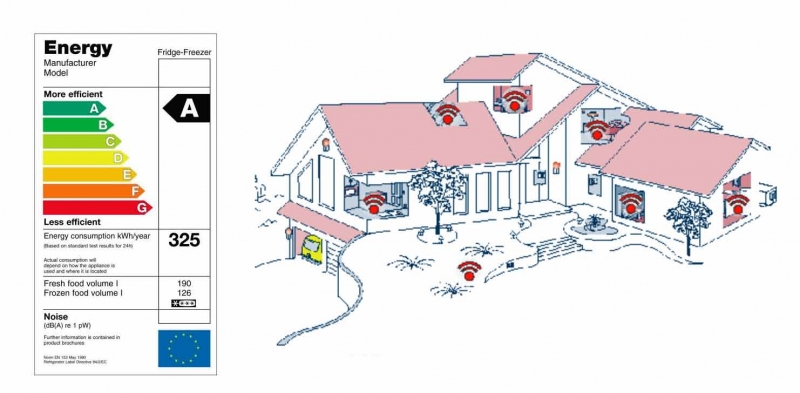 |
Identification, Monitoring and Control of Smart Greenhouses and Buildings
thermal efficiency of a building, i.e. energy labelling based on experimental data; in thermal monitoring and comfort control systems especially in large buildings; in energy saving quantification after remodeling and energy-specific retrofitting of existing buildings; and in automatic fault-detection, monitoring an control of Heating Ventilation and Air Conditioning (HVAC) systems. Particularly useful in this context is the adoption of Wireless Sensor and Actuators Networks (WSANs), which provide easy installation and maintenance. The main focus of the project is on the experimental aspects of the applications and the application of advanced control tools like adaptive estimation and model predictive control. |
|
PRESENT PROJECTS |
|
|
PROACTIVE PROJECT: "Personalized whole brain models for neuroscience: inference and validation"
People: A. Chiuso, G. Pillonetto, M. Zorzi, A. Bertoldo, S. Zampieri, A. Cendese, G. Cisotto, L. Badia, G. Baggio, A. Gozzi, M. Corbetta, S. Suweis
Partners: Istituto Italiano di Tecnologia (IIT), Rovereto
Target applications: Nuerotechnology
Related research areas: System Identification
Keywords: System Identification, Brain networks, Learning, Computational methods
Funding: Univeristy of Padova
Amount: 284 Keuro
Starting date: January 2020
Ending date: December 2022
Official Webpage:
Description:
Contemporary neuroscience has embraced network science to study the complex and self-organized structure of the hum with the promise of addressing key societal issues such as neural degeneration and treatment of neurological and psychiatric diseases and damages. These objectives will be will be pursued following a data-driven model approach: our final goal is to design novel algorithmic solutions for data-driven inference of whole-brain mesoscale dynamical models as well as to develop and validate (or invalidate) models based on both data driven as well as methodological studies. Ideally, these models should provide solid grounds to develop novel individual-level features for predicting cognitive and behavioral deficits originated by brain lesions or neuro-degeneration and simulation tools for designing personalized treatments such as brain stimulation. |
|
PAST PROJECTS |
|
|
FIRB PROJECT: "Learning meets time: a computational approach to learning in dynamic systems"
Partners: Universita di Genova, Universita d Ferrara, IIT, Univ. Linkoping, Univ. of Seattle
Target applications: Autonomous Robots
Related research areas: System Identification
Keywords: System Identification, Adaption, Learning, Computational methods
Funding: MIUR
Amount: 728 Keuro
Starting date: March 2013
Ending date: March 2017
Official Webpage:
Description:
The goal of this proposal is to achieve fundamental scientific advances in the context of learning dynamical systems, which will lay the grounds for the design of autonomous and artificially intelligent systems. We will pursue this goal through a new synergic and integrative approach that will draw, and merge, concepts and methods from control theory and machine learning. Effective computational frameworks will be developed exploiting in novel ways optimization techniques for processing complex high dimensional data sets. Our research will be ultimately aimed at the development of intelligent systems that can be applied, e.g., to a new generation of robot human helpers and co-bots in domestic environments. These new robot (hereby called ``agents’’) will have adaptive effective cognitive systems to process sensory data, such as for example skin sensors and cameras, as well as adaptive control systems to be applied to novel actuators. |
|
|
PRIN: New Methods and Algorithms for Identification and Adaptive Control of Technological Systems
Funding: MIUR
Duration: 2006-2008
|

